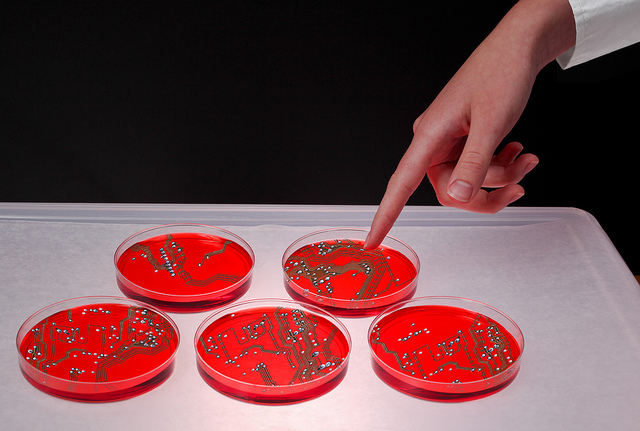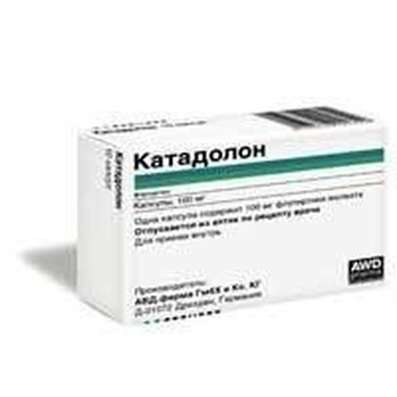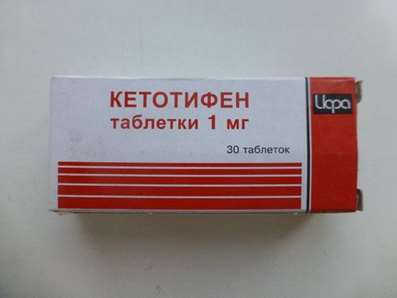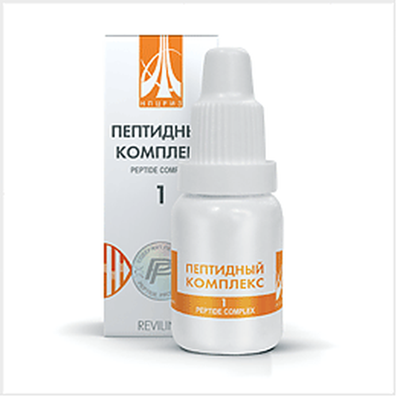FAQ: Nero Hybrid Systems
04 Nov 2016
7 facts about the study of neurons in a Petri dish.
In modern neuroscience, there are many different approaches to the experimental study of the brain. They differ from each other temporal and spatial resolution. There are methods (electroencephalography and magnetic resonance imaging), which allow us to see brain activity as a whole, but they usually have poor temporal and spatial resolution. As a result, we can see how to activate this or that region of the brain, but not how the individual cells work. Other methods allow us to register with high time resolution - 1 ms or higher, as individual cells work. But then we can see only a small part of the brain.

1. To order to understand how the dynamics of the brain associated with adaptive behavior, that is, due to which people and other animals think or are trained, we need the spatial resolution at the cellular level and at the time scale of milliseconds. At the same time you want to see the whole network of neurons, which is involved in a particular behavior. Thus, we see that in modern science there is a technical problem: there is no method that combines high cellular and temporal resolution with the ability to cover the whole brain. To improve it, you can by nootropics: Solcoseryl, Cogitum, Phenotropil, Picamilon, Pantogam.
2. Now neuroscience is developing new experimental model that would solve this problem. One approach is to use animals that have transparent tissue, for example, fish embryos Danio rerio. Animal immobilized in order to be able to carry out the optical recording of brain activity for each cell, and placed in a virtual environment comprising a behavioral problem to be solved.
An alternative method of integral neuron network research suggests removing part of the brain cells, and planting them in a cup with a nutrient medium. This network, consisting of tens of thousands of neurons in the "tube", is called the neuronal culture. If you cover the bottom of the cup a special coating, the cells grow in a monolayer, and we can easily register what was happening to every cell. Working with a thin layer of cells is much easier than with a complex three-dimensional structure of the whole brain.
3. We can observe in neurons grown in the petri dish, the electrical activity - action potentials and changes in gene expression. Unfortunately, the contribution of these processes in the brain would be difficult to explain, because the behavior for which you need a brain, neurons in culture is absent. The unexpected decision is that it is necessary to connect the neuronal cultures with the robot. Thus, the ideal transparent "brain" is added to the "body". That robot sees the environment by means of various sensors, we can by means of electrodes embedded in the bottom of the cup, to transmit to our neural network, or another activating neurons and neuronal culture response, transmit a control of the robot. This allows you to put in front of such a system neuro- hybrid behavioral problem, such as an animal in a maze.
4. In the brain, billions of cells, each of which is located within the brain and only communicates with other neurons. Individual neurons did not know anything about what a person needs. Imagine you are writing an essay, and you face the difficult task of how to express this or that idea, and you decide it by the interaction of cells that are found in the brain and see only the other cells. This is the problem of the transfer of the organism as a whole the problem on the level of individual cells, and this is one of the fundamental and pressing problems of neuroscience. The ability to see the entire neural network, to see how there is a change in behavior as a result of cells determines the high potential neuro- hybrid systems as an experimental model for the study of cellular mechanisms of brain function.
5. Neuro-hybrid systems have been actively studied since the early 2000s, when the first experiments were carried out to train the neuronal culture. In the first experiments, the robots are not used, the culture had to learn how to give the right answer at the right time. Then they began to appear a model combining culture with virtual and then real robots. Now in the world in this field employs about five to six groups. But it should be noted that there is still a good protocol neuro-hybrid training systems. And maybe it does not exist. Neuro-hybrids are at the forefront of brain research technologies. It may well be that the basic assumption about the similarity of the work of networks of neurons in culture and the brain is not true. Or we can not find the right language to communicate with neuronal cultures, which would allow to put the task in front of it, we want it to be decided.
6. Neuro-hybrid systems are studied not only by scientists, but also artists. Australian experimental group Simbiotika with American researcher Steven Potter conducted an experiment to create a "half-dead" by the artist. "Half-dead" is the artist of the neuronal culture management portraying robotic arm. Perhaps the pinnacle of his creative career neuro-hybrid artist was the product of "Pixel", written in 2004, with the black square of Malevich.
7. Immediate prospects in the study neuro-hybrid systems associated with the two directions. First, more than conceptual, in an attempt to increase the number of degrees of freedom, which can learn to control the neuronal network. Because today all models - a model of the type of collision avoidance with obstacles. The robot autonomously goes in a certain direction, and when he arrives at the obstacle, it gives a signal to the neuronal culture and neuronal culture must give the correct answer, which the robot turn away from the wall. It uses one degree of freedom. Obviously, for the full study researches need to introduce greater degrees of freedom that the robot could go right, left, build a combination of actions.
The second direction, technology - is the introduction of modern methods of neuroimaging, because up to this point in the culture of only the electrical activity of the cells was investigated mainly, but not intracellular processes that occur in them. For example, a neuronal culture of the cells will be involved in a particular episode of training, while another part is not. And to identify those cells that lead to learning, they may be used, transgenic animals in which the promoter of a gene c-fos, encoding a transcription factor involved in the molecular cascade associated with neuronal plasticity should green fluorescent protein. This green fluorescent protein, will appear in the cells at the time of study, and we can see cells that glowed green - those cells that allow our robot neuro-hybrid our system to learn.
If we are able to move in these two directions, creating more complex models of learning and the plasticity of new techniques in the culture, in neuroscience will be a new experimental model, which will open wide opportunities for the study of intracellular mechanisms of learning and memory.

 Cart
Cart





